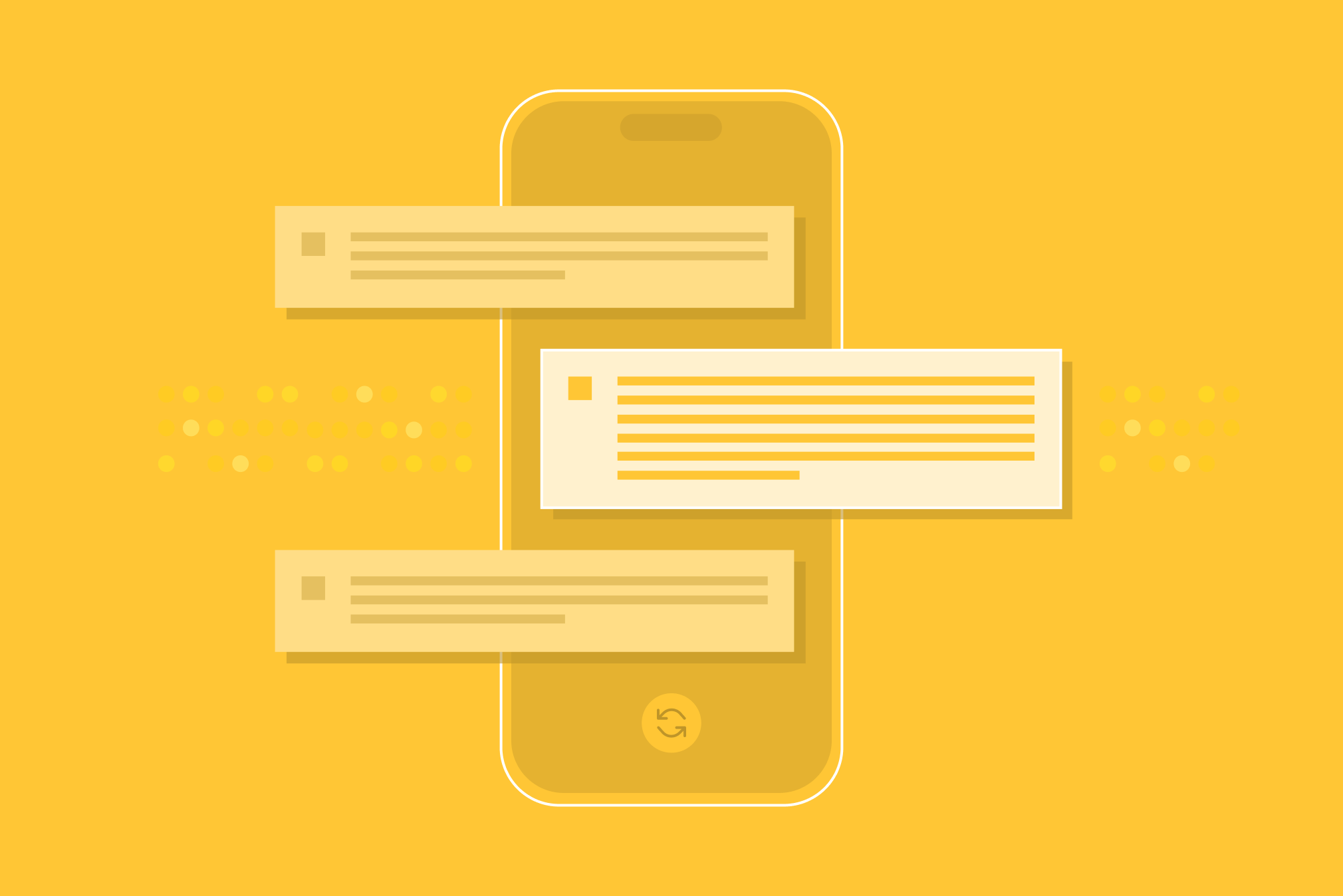Real talk and resources for curious skeptics, thoughtful innovators, and future-ready leaders.
Originally published May 11, 2023.
If your day-to-day conversations begin and end with ChatGPT, you’re not alone. Recent advancements in generative AI have inspired a range of reactions, from hand-wringing to hype. On one hand, there’s the promise of higher productivity, greater prosperity, and expanded human potential. On the other hand, there’s the possibility for peril: deepening bias, expanding inequality, and declining society. The truth is, the future of AI is mostly unwritten and unknown. What happens next will depend on what our society values.
Throughout American history, the arrival of new technology has transformed life as we know it. Telephones changed the way we communicate. Automobiles changed the way we get from place to place. And the rise of the internet has changed entire business models. America values innovation and progress, and for the most part, Americans have embraced these new technologies as a way to do more, better, faster –– even when that has meant learning new skills and overhauling industries. Americans have also collectively decided the level of risk we can tolerate, and those decisions have been translated into policies and legislation — from seatbelt laws and traffic rules to privacy acts and consumer protection regulations.
We are starting to see policy conversations that seek to define our values and balance the potential benefits of AI with its potential risks. In October, the White House published a Blueprint for an AI Bill of Rights, which identifies principles for the responsible design, use, and deployment of automated systems. Last week, the Biden-Harris Administration met with CEOs of four American companies at the forefront of AI innovation and announced new research investments, public assessments of existing systems, and draft policy guidance on the government’s use of AI. New groups such as TeachAI, a coalition of technology and education organizations, are grappling with pressing questions and steering national conversations in specific sectors and industries.
Coalition-building and policymaking historically trails the pace of technological advancement. AI and GPT headlines change every day; this article will be outdated the moment it’s published. But that’s no excuse for not staying up to speed. We need more big-picture conversations about what we value, how we want to benefit, and what level of risk we can tolerate. We also need more leaders who understand emerging technology and how it may impact daily life, including how we work.
With this in mind, we’re starting with the basics. This week’s Lab Report defines GPT and offers a list of emerging tools to explore. In the coming weeks, we’ll curate dedicated reading lists to help thoughtful executives, proactive policymakers, and curious citizens understand the big-picture questions related to important topics — from ethics, policy, and society to labor, workforce, and economics.
What is GPT?
Generative pre-trained transformers, or GPT, are neural network models that power generative artificial intelligence applications such as ChatGPT. Researchers have trained these models on massive amounts of existing content and used deep-learning techniques such as the Transformer network architecture to improve speed and accuracy. GPT models give applications the ability to create human-like text and content (including images and audio), and answer prompts or questions in a conversational manner.
OpenAI’s GPT series has seen several iterations. The most recent version, GPT-4, is based on an advanced model architecture and has been trained on a vast corpus of text data — though GPT-4 advises its “knowledge” is up to date only through September 2021. The models are fine-tuned on specific tasks, such as answering questions, writing essays, or generating images, making them versatile tools for various applications. (Sources: Amazon Web Services, New York Times, GPT-4)
Understanding the tools: How to get started
Reading is good; reading and doing is even better. New applications are released all the time, and writing effective prompts will help you get more out of tools like ChatGPT. If you haven’t already tried using a GPT-enabled product or you’d like to experiment with different types of tools, here’s a handful of recent announcements and offerings to investigate.
- Bard. Google’s tool is currently in experiment mode; use a personal Google account to sign up for the waitlist. (In our experience, beta invitations were issued promptly.)
- Bing. Microsoft’s Edge browser includes conversational search and image generation features powered by GPT-4.
- Box AI. The cloud storage and file-sharing service now integrates GPT features that can summarize long documents, answer questions, and generate new content.
- ChatGPT. OpenAI’s default GPT-3.5 is free to use online; GPT-4 requires a paid subscription to ChatGPT Plus. This is “the product that launched a thousand essays,” as Robin Sloan says.
- DALL·E 2. Another OpenAI offering creates photorealistic images and art from text descriptions. With an existing image as input, it can extend the scene, add elements, or create variations. To use the tool, you must first purchase credits.
- Firefly. Request beta access to Adobe tools that generate images from a text description, apply styles or textures to text, and generate color variations of vector artwork.
- GitHub Copilot X. “The world’s first at-scale generative AI development tool made with OpenAI’s Codex model, a descendent of GPT-3” adds GPT features to code-editing interfaces, supports pull requests, and answers documentation questions.
- Microsoft 365 Coplilot. Microsoft 365 app users can use the embedded Business Chat feature within Word, Excel, PowerPoint, Outlook, and Teams.
- Midjourney. A beta tool from an independent research lab creates custom images from text prompts; it includes a Discord bot and community of users.
- Notion AI. GPT features embedded in the workspace productivity app can analyze meeting notes, draft summaries, brainstorm ideas, and apply different voice and tone styles to text.
- Slack GPT. Slack users can use built-in features, integrate partner-built apps from OpenAI’s ChatGPT and Anthropic’s Claude, and connect to Salesforce data through a new Einstein GPT app.
- Stable Diffusion. A text-to-image model that’s free to use and does not require an account or login. The tool is trained on LAION, the world’s largest free dataset of images and captions.




